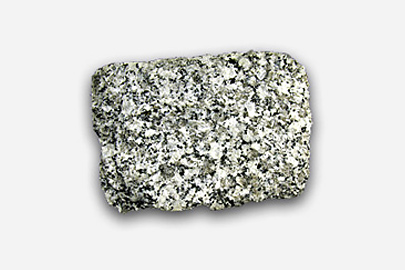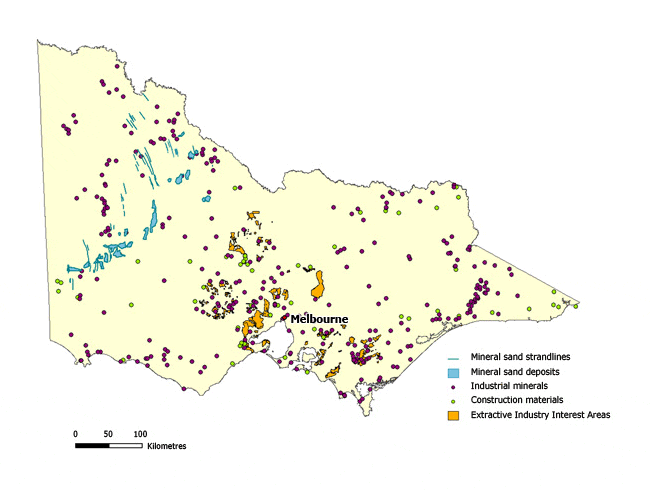Industrial minerals

Industrial minerals are naturally occurring rocks or minerals that are of economic value, other than metallic ores and mineral fuels. They are the most valuable part of the non-fuel mineral industry in Victoria.
They also provide an essential source of materials for Victoria’s ever-growing infrastructure. The commodities discussed in the following pages are those that have been commercially produced in Victoria.
Not all known occurrences of industrial minerals are covered, but discussion of some of the less well-known materials is included.
Acknowledgement
Mineral specimens photographed for these webpages are part of the Museum Victoria and GeoScience Victoria mineral collections. We would like to thank Museum Victoria for providing access and advice.
Industrial mineral occurrences in Victoria

Page last updated: 12 Jan 2023